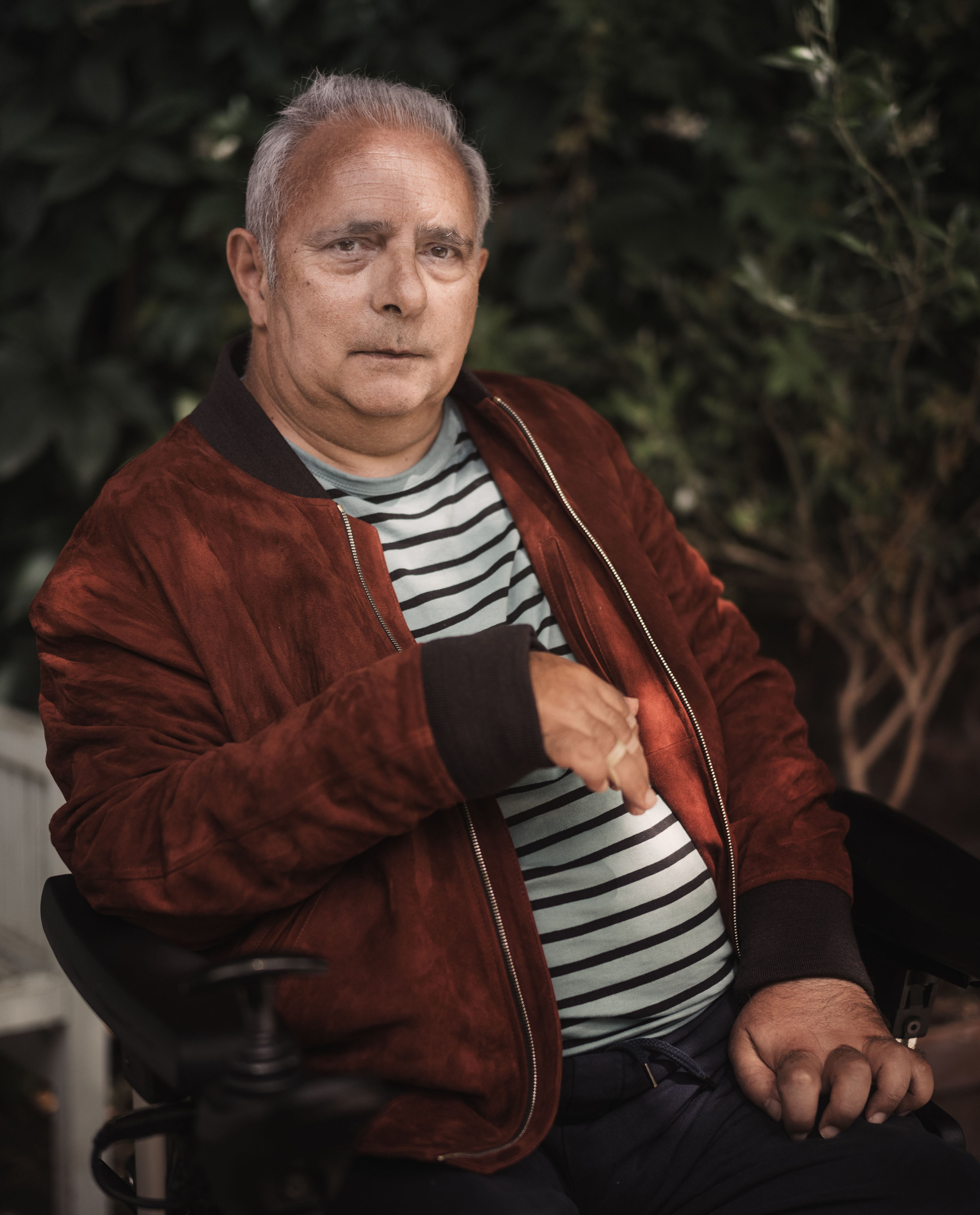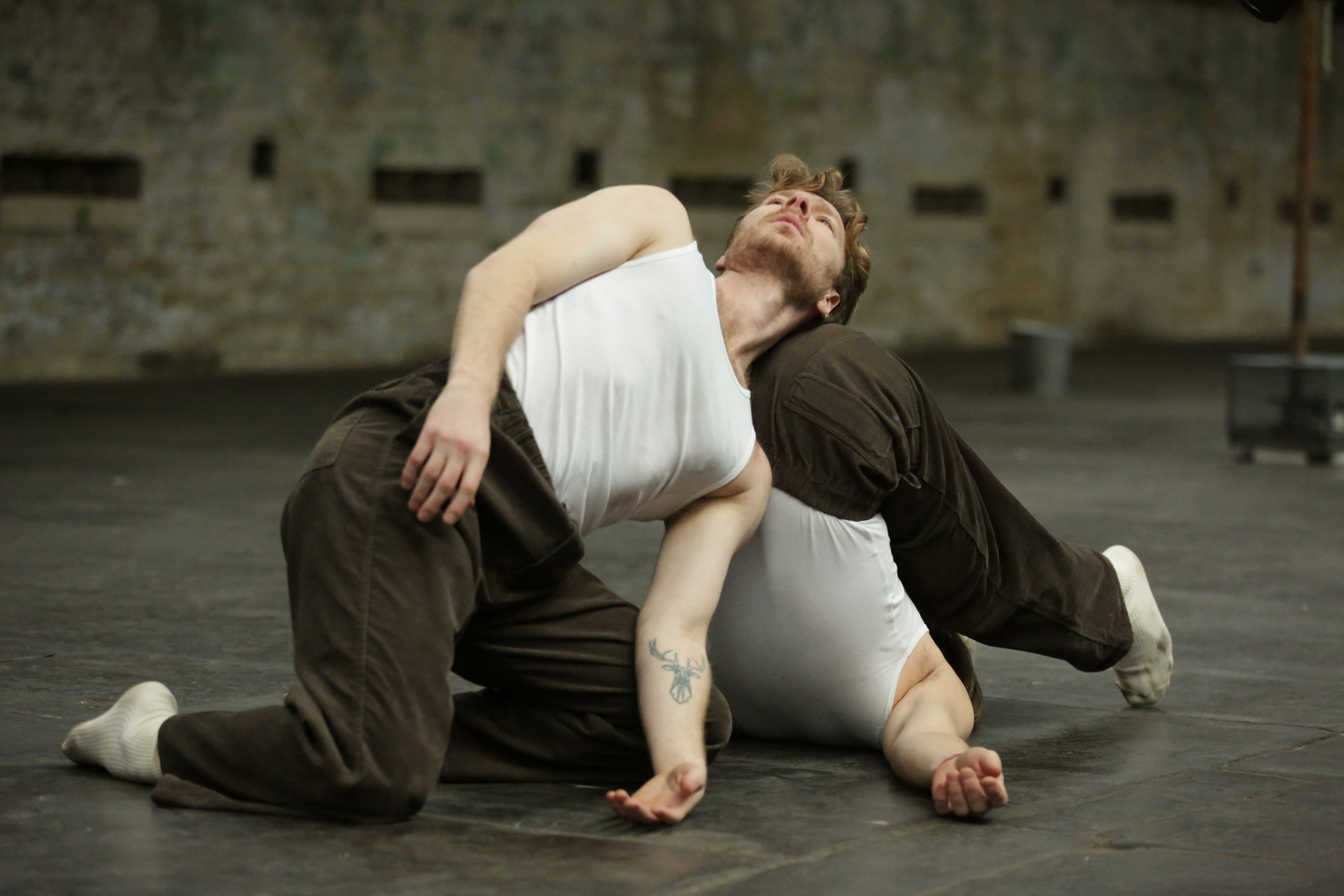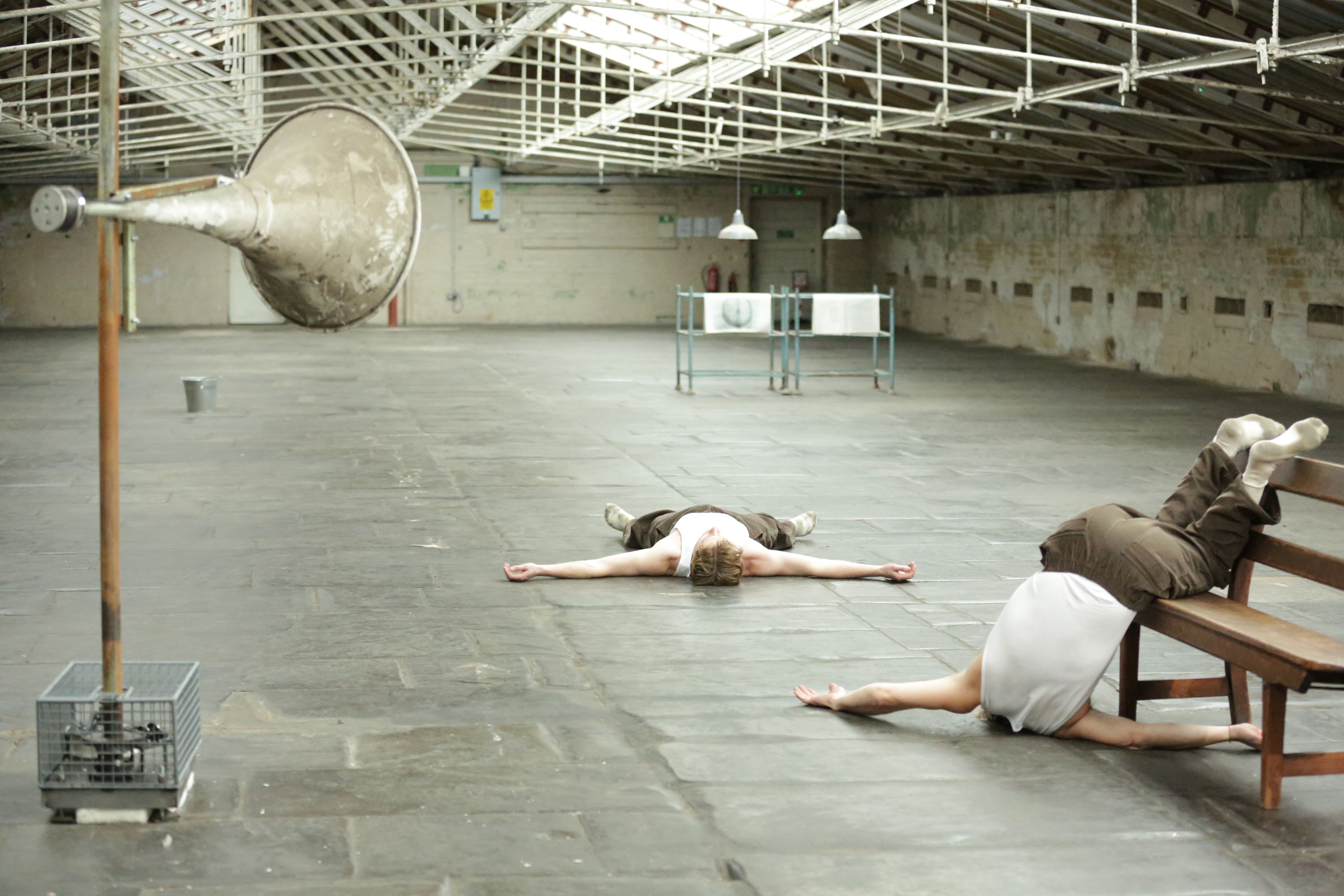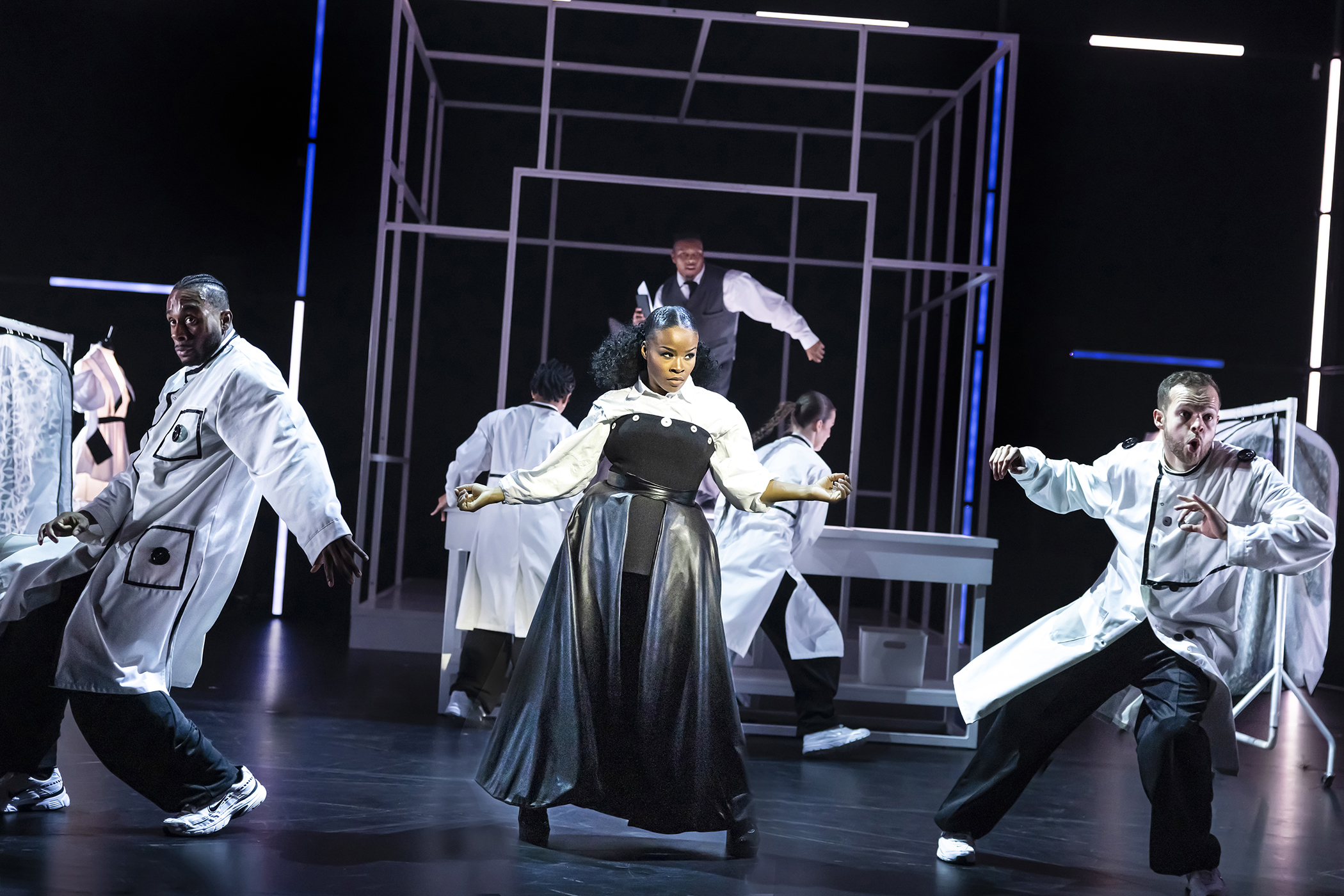When a sudden, terrible misfortune robs you of normal life, even of the ability to move, how do you find yourself again and face the future? For the British author Hanif Kureishi, who broke his neck in a fall three years ago, there is an unexpected new answer: dance.
Kureishi, 70, who wrote the award-winning novel The Buddha of Suburbia and the film My Beautiful Laundrette, has devised a filmed piece about the devastating aftermath of his fall for two leading ballet dancers, in collaboration with choreographer and Royal Ballet principal character artist Kristen McNally. “I had no idea what to expect,” he says, “so it’s kind of magical to see my work being interpreted by other artists and the use of movement, of course, but also music.”
After falling inside his apartment while on holiday in Rome, Kureishi was discovered by his partner, Isabella d’Amico, who rushed him to hospital, where he stayed in constant care for more than a year. Initially unable to move his arms or legs, he was tetraplegic, despite limited sensation left in his body, and had to rely on others for every personal need.
Eventually, the writer began to chronicle events in a blog, with the help of family and visitors. This became the basis for his bestselling memoir, Shattered. With exercise and through the therapy of limited regular work, the writer has recently regained some strength in his limbs.
Kureishi was immediately interested, he says, in the idea of creating a dance as a way to give an account of his struggle because it is a story about someone’s relationship with their body, “which is what dance is”. The dance piece tackles not just Kureishi’s own tragedy but addresses more universal fears about the end of life.
Related articles:
“Most people who have accidents like mine – everyone else in the hospital rehab where I was – none of them can go back to work,” he says. “If you’re a bus driver or a policeman, you can’t go back to work ever again. I can work because I can still talk about it. And most of us will end up incapacitated at the end of our lives in some form or another.”

‘I got very interested in vulnerability,’ says Kureishi of his time in rehabilitation
The new dance film was directed by Kate Church. “What moved us most was his humour and clarity, even in recounting trauma,” she says. “That mix of defiance and tenderness set the tone for the film. As Hanif so beautifully puts it, to be human is to transform the hard realities of life into poetry.”
Made for the BBC programme Dance Passion by producer Eddie Morgan, the dance is performed by Royal Ballet principal character dancer Tom Whitehead and Max Maslen, a principal with the Birmingham Royal Ballet. Both trained at the same Bradford school of dance. Kureishi and McNally came to watch rehearsals inside the Royal Opera House before the dance was filmed in Bradford’s Salt Mills, in Saltaire, last week.
McNally designed the dance, she says, by drawing on the writer’s “brilliant mind” after visits to his home to develop the idea. The moves were inspired both by the violence of the accident and wider themes of disability and age.
‘As Hanif beautifully puts it, to be human is to transform the hard realities of life into poetry’
Kate Church, film director
“My body was smashed. Everything was gone. I was more or less, at that time, completely paralysed,” Kureishi recalls. “So there’s a lot of stuff about me thinking about the body I used to have. It’s difficult for me to move about now, and I can’t use my hands. I miss my old body. I envy other people walking about. It seems amazing to me that anyone can walk at all, since it’s so difficult. So I was very interested in physicality.”
Kureishi was also influenced by the use of accidents and pratfalls in silent cinema: “It made me think about Charlie Chaplin, Laurel and Hardy and those early black and white comedies, because they are about people falling over, about people having accidents. And apparently having an accident is hilarious. But, of course, we’re all vulnerable.”
In the rehab ward, the writer recalls, almost everyone around him had been hurt in an accident. “There was a guy there who’d fallen over a rake in his garden and broken his neck. He was really fed up. There were people who had dived into empty swimming pools. People had been hit by trucks on the street. So I got very interested in vulnerability.” As a result, he and McNally wanted the dance to suggest movement as something “that could be struck or curtailed at any time”.

Although he has no background in ballet or movement, Kureishi enjoys it. As a teenager in Bromley, south London, in the 60s and 70s he was a fan of disco. “But I haven’t seen much dance. Music was the central form of our age. That stuff was being made in front of us at that time – some of the best music of the 20th century. So I was excited to be involved in it. My books, particularly The Buddha of Suburbia, are full of music and what it meant to us as a generation and how it freed us from what we were expected to be.”
But Kureishi has not chosen the music of David Bowie or a disco track for the dance. Instead he has picked the layered, distorted guitar sounds of the band My Bloody Valentine, from their album Loveless. The team behind the film hope it may become the basis of a longer work.
The message of this piece, the author believes, is a reminder “that the care home is calling” for us all: “I guess that what we’re talking about here is the eventual loss of your own life. We protect ourselves from that knowledge… I never thought about it until I fell on my head and broke my neck and woke up as a kind of turtle on its back. But it’s there at the centre of our existence.”
Photographs by Amy Gibb, Sarah Lee/Guardian/eyevine



